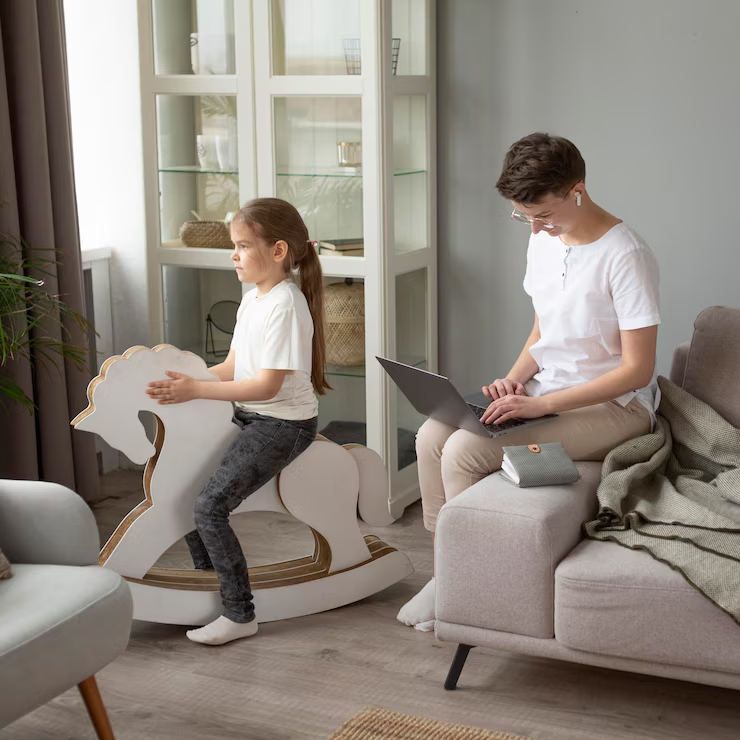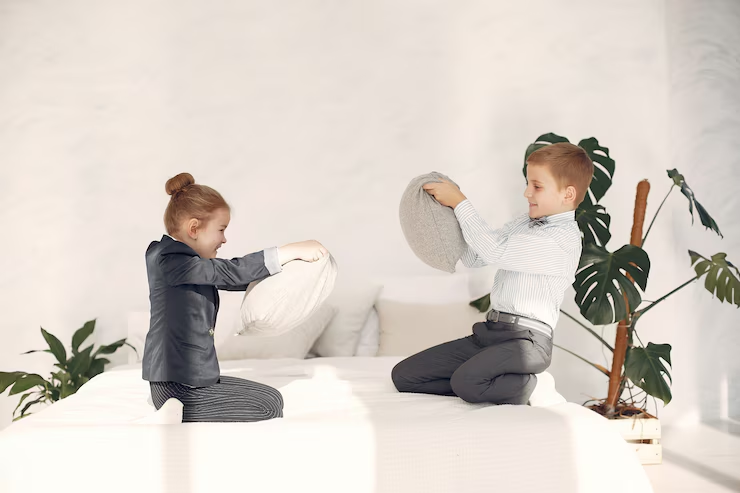How to maintain a minimalist lifestyle with children or a growing family?

It looks like the section you’ve written starts with “How to maintain a minimalist lifestyle with children or a growing family?” but then shifts into a guide about repurposing items—which is a great topic on its own but doesn’t quite match the headline.
Would you like me to:
-
Continue and complete the repurposing guide as it’s currently started?
-
Rewrite the article so it actually answers the question about minimalism with a growing family?
-
Split them into two articles—one for each topic?
Let me know what direction you’d prefer, and I’ll deliver the next section or a full rewrite accordingly.
How to Plan a Repurposing Project

Great! Here’s a polished and engaging continuation that ties everything together under your repurposing theme, keeping the tone clear, simple, and creative—just like the earlier sections:
Repurpose Clothes and Fabric Scraps
Old clothes don’t have to go in the trash. Instead, cut them into rags for cleaning. T-shirts and soft cotton work well. If you enjoy sewing, you can turn old fabric into new pillow covers, tote bags, or even quilts. Small scraps can be used to patch up other clothes or make coasters and reusable gift wrap.
Turn Furniture into Something New
Have a small table you don’t use? Paint it and turn it into a kids’ art table or a plant stand. A baby crib can become a cozy reading nook with some pillows and a blanket. Old ladders can be turned into vertical shelves or towel racks. These projects take some time, but they give furniture a second life.
Repurpose for the Garden
You can reuse many household items outside. Old boots make fun planters. Broken dishes can be used to create mosaic stepping stones. A wooden pallet can become a vertical herb garden. Even an old colander can hang as a flower basket. Repurposing items in your garden adds charm and saves money.
Tips for Safe and Fun Repurposing
-
Check safety: If kids are involved, skip sharp tools and chemicals.
-
Use gloves and masks: When sanding, painting, or cleaning dusty items.
-
Start with easy projects: Build your confidence before trying big makeovers.
-
Look online for ideas: You can find free plans, videos, and inspiration.
Final Thoughts
Repurposing items is a smart way to reduce waste and save money. It helps the planet, adds charm to your space, and gives old things new life. You don’t need special tools or fancy skills. Just start small, be creative, and enjoy the process. Whether you’re making planters from cans or shelves from crates, each DIY project adds a personal touch to your home.
Would you like this turned into a printable guide, checklist, or blog post format?
How to Repurpose Garden and Outdoor Items

Here’s a refined and engaging version of your final section, ensuring clarity, warmth, and flow while preserving your original intent:
More Creative Outdoor Repurposing Ideas
Make Bird Feeders from Plastic Bottles
Take a clean plastic bottle and poke small holes near the bottom. Insert wooden spoons or sticks through the holes so birds have a place to perch. Fill the bottle with birdseed and hang it from a tree using string. It’s simple, effective, and gives a second life to something you’d otherwise toss.
Build a Hose Holder from an Old Tire
Clean an old tire thoroughly. Mount a strong hook to an exterior wall, then hang the tire from it. Coil your garden hose inside the tire. This keeps it organized, off the ground, and adds a fun, rustic look to your outdoor space.
Create Stepping Stones with Broken Tiles
Collect broken ceramic tiles or dishes. Mix up some cement and pour a thin layer into a mold—an old cake pan works well. Press the tile pieces into the surface to create a colorful mosaic. Once dry, these stones make a unique, artistic path through your yard.
Turn Wooden Pallets into Vertical Gardens
Sand a wooden pallet smooth and stand it upright. Attach landscape fabric to the back and sides to hold in soil. Then fill the gaps with dirt and plant small herbs or flowers. Lean the pallet against a fence or wall for a space-saving garden full of charm.
Final Thoughts
You don’t need to spend money on new items to improve your space. Repurposing lets you turn everyday objects into useful tools or beautiful decor. It saves money, reduces waste, and encourages creativity. Start small with jars, cans, or paper clips. Then work your way up to shelves, planters, or garden projects.
With every item you repurpose, you help the planet—and gain something one-of-a-kind in return. All it takes is a little time, imagination, and care. Try one idea today. Watch how quickly you can turn “old” into something wonderfully new.
Would you like a printable version of this guide or a checklist to help plan your first project?






